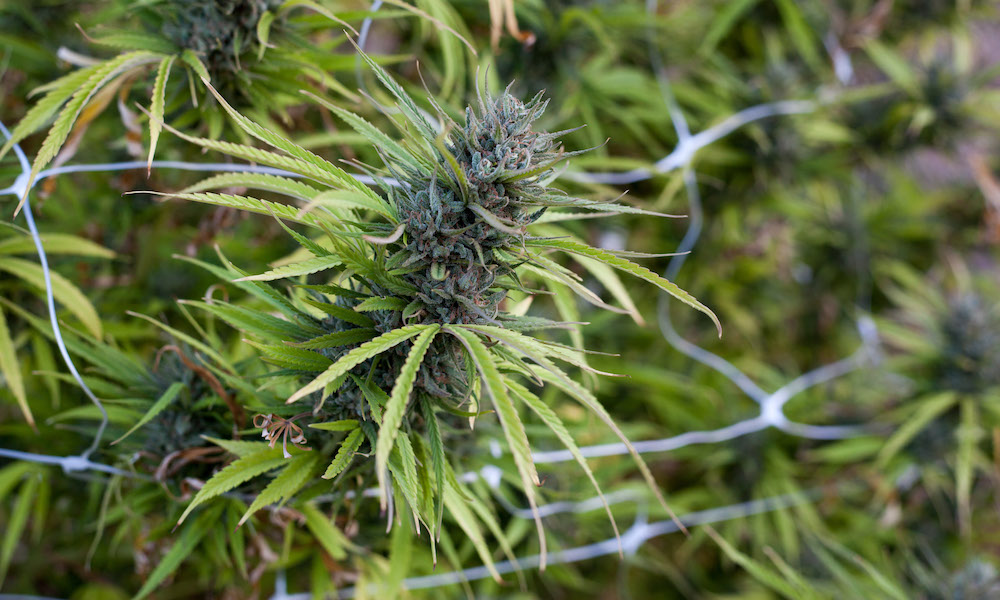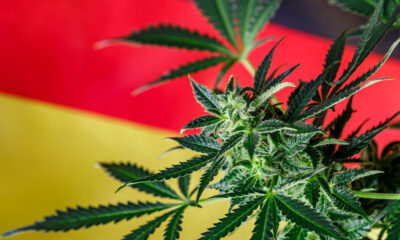
Legal
The DEA Seized 2.8 Million Cannabis Plants Last Year
The number of cannabis plants the DEA seizes each year continues to decline, but the cost stays high for the American taxpayer.
A report shows that while the DEA seized a lot less marijuana in 2018 compared to past years, it cost the agency almost twice the cost per plant.
According to recent figures published in the DEA’s Domestic Cannabis Eradication/Suppression Program Report, the agency and its partners confiscated 2.82 million marijuana plants around the U.S. in 2018, a significant decline from the 3.38 million total cannabis plants it confiscated in 2017.
The report provides a total breakdown of all the marijuana seized by the agency and its law enforcement partners as part of the country’s only nationwide law enforcement program exclusively targeting cannabis cultivation. The five states with the most cannabis seized in 2018 were California with 1.8 million, Kentucky with 418,000, Washington with 112,000, Mississippi with 70,000 and West Virginia with 68,000.
The advocates over at NORML noted the seizure totals in 2018 represented a 17% decline from 2017, and a whopping 66% decline from 2016, when the DEA seized 5.3 million marijuana plants nationwide. 2016 also was the biggest year on record since 2011, when the DEA seized 6.7 million plants — or enough to give every person in Washington state a plant of their own.
As the success of these enforcement programs continues to decline, NORML says they’re a thing of the past.
“These federal eradication programs are a holdover from a bygone era,” NORML Deputy Director Paul Armentano told Cannabis Now in an email.
“At a time when roughly one-quarter of the country resides in a jurisdiction where adult marijuana use is legal, and when members of Congress are openly discussing removing cannabis from the federal Controlled Substances Act, it is time for these federal anti-marijuana efforts to be put out to pasture and for federal agencies to take positions that more closely comport with cannabis’ rapidly changing cultural status in America.”
Another thing that Armentano noted in his analysis of the DEA’s numbers was that California played a major role in the recent decline, as there was approximately a 40% drop in seizures of outdoor plants in California from 2017 to 2018.
In 2017, the DEA reported that it seized 2.24 million plants in California. In 2018, the year that California’s legal cannabis marketplace opened, law enforcement seized almost 800,000 fewer plants.
The Cost of the DEA’s Cannabis Eradication Efforts
After the DEA released their numbers from 2018, the Government Accountability Office released their official review of the DCE/SP. The GAO — which is the federal government’s official auditing branch — noted that on average, over $17 million went to the program between 2015 and 2018. According to these numbers, that would mean the DEA spent $3.20 per plant in 2016 when seizing marijuana. In just two years, that price has almost doubled to $6.07 per plant.
The majority of the funds allocated to the DEA’s local law enforcement partners went to cover overtime pay and air support. The costs of keeping a helicopter up alone burns thousands of dollars in aviation fuel per hour.
Apart from noting the expense of the program, the GAO also had some harsher takeaways for the program about its problems keeping a reliable count on the expense of the efforts.
“DEA oversees participating agencies’ compliance with program expenditure requirements in various ways, but does not consistently collect supporting documentation for expenditure reports,” the GAO report noted. “DEA field officials collect varying levels of documentation, and headquarters officials were not aware of these varying practices.”
(This means our cost-per-plant analysis might be a bit off, but it’s not our fault.)
The GAO also says the problems aren’t exclusively in-house at the DEA, and that the local law enforcement partners the DEA worked with were keeping different records.
“DEA collects information on program activities to help manage DCE/SP, such as number of plants eradicated,” the GEO report said. “However, participating agencies GAO spoke with have practices for reporting some program activities that differ from DEA’s guidance due to varying interpretations of the guidance.”
The GAO said due to all these problems, the program’s “information is neither fully accurate nor reliable for assessing program performance.”
The report noted that the DEA agreed with the GAO’s findings. They said they would redo the handbook by summer chopping season so contractors wouldn’t slip up, clarify and provide guidance on the what is supposed to be reported and actually give the program tangible goals — as opposed to just chopping all the weed down.
TELL US, do you think the federal government should police cannabis?

























